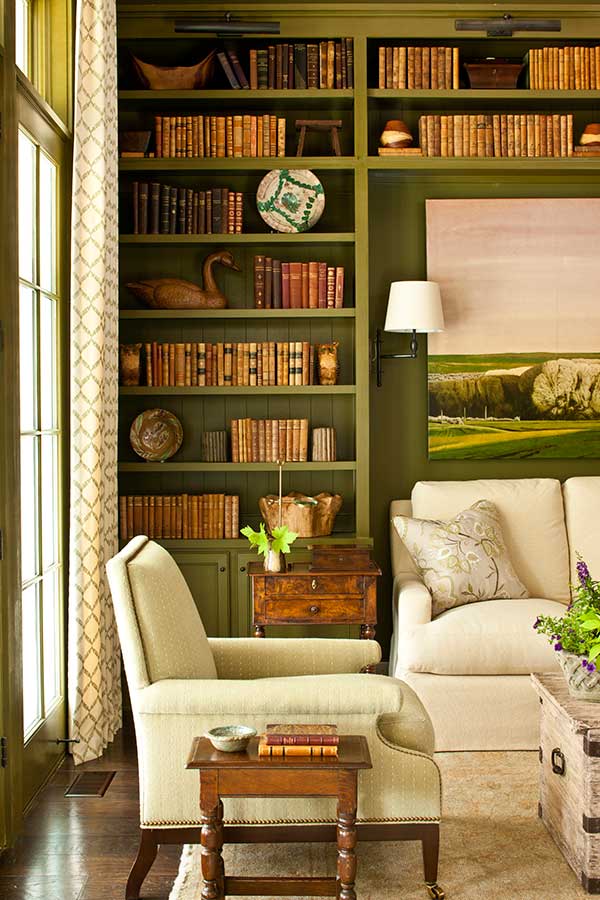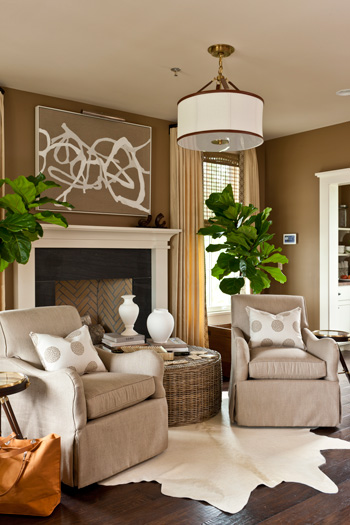New Home Construction: Building Peace and Quiet

When considering building a new home, the focus typically revolves around floor plan, home energy performance or updated finishes. While these considerations are important, they omit a key element to quality of life: peace and quiet.
This may mean blocking out unwanted environmental noise like traffic or indoor noise pollution like the dishwasher, Monday Night Football or a gathering of neighborhood teens.
To build a house that provides this level of tranquility, a professional builder must understand how sound travels and how to quiet it. Sound-absorbing materials — like carpet or acoustical tile — can help control resonance and make a room seem quieter, but they don’t necessarily stop sound from traveling to adjacent rooms. To do that, you need to prevent sound transmission through both the air and the building’s structure. Noise from a television travels through air, while the knocking of hot-water pipes travels through the structure. Controlling each type of sound transmission requires its own set of products and strategies.
Doors and Windows
If you live in a family that includes teens rocking to their favorite music in the bedroom across the hall, think about installing solid core doors to help confine the sound. If the noise level persists, consider sealing your teen’s door with weather-stripping and a door threshold, just as you would an exterior door.
A similar strategy can be used to help silence that coveted second floor laundry room, or a second floor furnace. Close these rooms off with a weather-stripped solid core door and you’ll be less likely to hear the equipment cycle through the night.
Noise from outside the home is effectively dampened by installing dual or triple-pane windows. Another strategy is to use materials such as acoustic caulk or low-expansion polyurethane to seal gaps between window and door frames.
Framing Strategies
Sound travels directly through studs and drywall by vibrating the entire wall assembly — much like a speaker –so that sounds hitting one side of the wall are reproduced on the other. Increasing the air space and adding vibration-dampening materials to a wall assembly will help quiet the noise from adjacent rooms.
High-density cellulose insulation or acoustic adhesives can also be installed on drywall to dampen wall vibrations.
Between Floors
Carpet and pad effectively dampen the sounds from the floor above, but have no effect on sound transmission coming from the downstairs floor below. When Top Gun is blaring from the downstairs media room, you may find it difficult to fall asleep with sonic booms emanating from under your bed. The culprit may be speakers buried in the ceiling transmitting sound from floor to floor. To block the sound, builders can use a technical product called “mass loaded vinyl” that can be draped over the back side of speakers, or sound batts made of dense, glass wool can be installed above speakers. These dampen sound by creating a vibration-absorbing barrier between ceiling drywall and framing.
Appliances
When considering appliances, pay attention to the “sone” ratings; the lower the sone rating, the less noisy the appliance. And a lower sone rating generally indicates a better-built appliance. The effort to reduce mechanical noise entails better bearings, more insulation and generally a more efficient motor.
By discussing noise reducing options and strategies with your builder you’ll ensure your home is not only visually stunning, but provides you and your family a tranquil environment for years to come.

